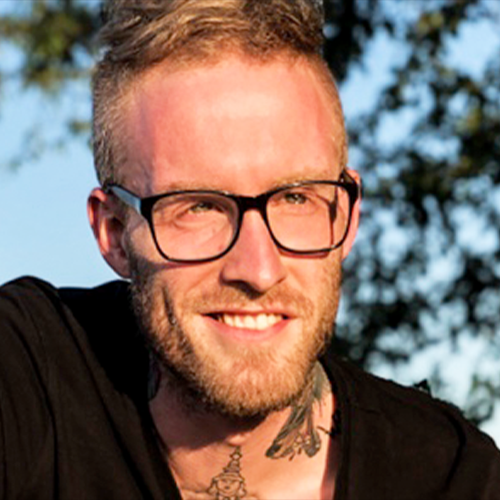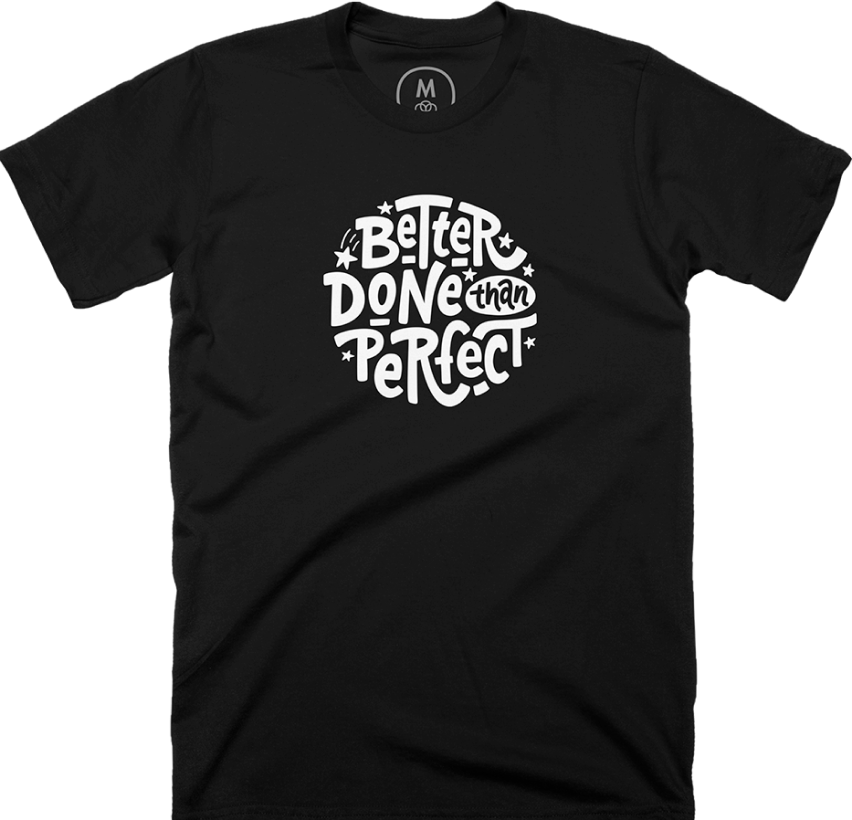Chris Silvestri, copywriter and designer, is helping SaaS and ecommerce businesses convert visitors into customers. Previously a software engineer, he picked up conversion copywriting on the side. After going full-time with it and learning while at other agencies, he ventured into business on his own with Conversion Alchemy:
“I saw that both copywriting and UX have a lot of common ways of researching your audience. Learning UX would be a great way for me to go deeper into both psychology, but also how people make decisions, and how they buy and use products and websites.”
Jane laments the fact that more designers aren’t copywriters and knowing both, Chris is able to best help his clients.
Popular client services
Jane asks Chris what services sell best as a consultant to the SaaS companies he works with. In short — custom projects:
“Full-on conversion copywriting projects, which are usually divided into three phases: the research, then the writing and wireframing, and finally some validation and testing.”
His target customers for these custom projects are companies that have found product-market fit but are stuck and held back from growing bigger. The lack of research on their customers is usually an important part of why they are stuck. Chris works to collect the data on the customers in the research phase.
Another popular service is usability testing:
“Usability testing is a great, super quick way to get real-world data on how a website could be improved. Even if you don’t know the exact target audience, you can get an understanding of how people consume your copy on your website, how they flow, and if they find all the information that they need.”
Website conversions for SaaS
Understanding the exact customer is something that Chris’s clients struggle with as they build their landing pages. What he does is narrow down two to three personas that will be engaging with the page and gather information about how they make decisions. In B2B SaaS, there are often several key ones:
“It’s important to understand the persona who actually signs the check, the persona who’s using the product, and the persona who manages the team. Those are usually the three fundamental differentiators between the buyer personas that you can have. Once you know who you’re targeting, it is much, much easier to figure out how to speak to them and what they need to see.”
If possible, it’s helpful to target one specific persona on the landing page to keep it specific. Alternatively, sometimes it is helpful to break out sections that target each persona, and then evaluate the effectiveness of the designed sections.
When it comes to converting ads, Chris rarely writes the ad copy himself. Instead, the ad copy typically gets derived from the language used on the websites he designs.
Chris’s tools
Chris relies on Hotjar heavily, as it allows him to learn about his clients’ customers:
“I use Hotjar a lot because you can do websites surveys which surprisingly get a lot of responses contrary to what most people think. If you can create simple, short questions, you can get all the insights.”
It’s also valuable for the click maps, attention maps, and user recordings:
“I usually watch at least a hundred user recordings to understand the patterns.”
Combining the heat mapping and recording features, he can get a good idea of what people find valuable on a given website, where they may be losing interest, and where they have confusion.
Smartlook is a good alternative if needed, and Chris will also use Google Analytics to test hypotheses that he formulates.
Landing pages, blog posts, pop-ups
Chris doesn’t have a firm recommendation on which landing page themes are working best these days. Instead, he likes to focus on two questions:
- How much does the audience know?
- How sophisticated are they?
By answering these, he can make decisions about how long a landing page should be, how in-depth the copy should go, and the tone in which the content is presented. For B2B SaaS pages, regardless of the shape that a landing page takes, he recommends including shots of the product:
“It’s very important to use screenshots of the product on the landing page. Tell people how the whole process of signing up and using the product works and make it skimmable like scannable and easy to read on the page — a 1, 2, 3 step section where you tell them how everything works.”
Doing so helps create the appropriate expectations for users as they navigate the site and interact with the copy and content.
When converting blog traffic, integrating a compelling call to action that is relevant to the content is important. Chris says you can have more than one:
“Not having one single call to action that takes them to the signup, but that takes them through an experience on the site. Maybe have a secondary call to action that takes them to the how it works page or to the FAQ. Tailoring the call to action to the content that they are consuming is important.”
Should you use pop-ups? While they can degrade the experience, Chris says they can be effective in conversion:
“I usually try to set popups for the last 70 to 80% of the time someone is on the page so that they have time to consume the actual content and get an idea for what’s presented to them.”
Copywriting and learning resources
Chris and Jane wrap up by reviewing some examples of great sites and some learning resources. Balsamiq and ClickUp both have excellent blogs and the experience feels cohesive with their main sites:
“If you can create a cohesive experience that feels like you’re speaking with the same brand everywhere, that’s very important to keep in mind.”
Chris describes himself as addicted to learning and goes to the Baymard Institute, Copyhackers, and the MECLABS Institute to learn more about usability studies, copywriting, and user behavior. He contributes insights as well by producing a daily and monthly newsletter at Conversion Alchemy for those that want to receive regular tips.
Final advice
Do usability testing for more than just the product, do it for the site as well.
“How do people consume the content on their website? What are their stumbling blocks?”
Don’t launch a redesign project without first writing the copy or thinking about the copy and strategy behind it.
“If you have to pivot or change your strategy, you should always start with researching your audience first and writing the copy and laying it out.”
Thanks for listening! If you found the episode useful, please spread the word on Twitter mentioning @userlist, or leave us a review on iTunes.


